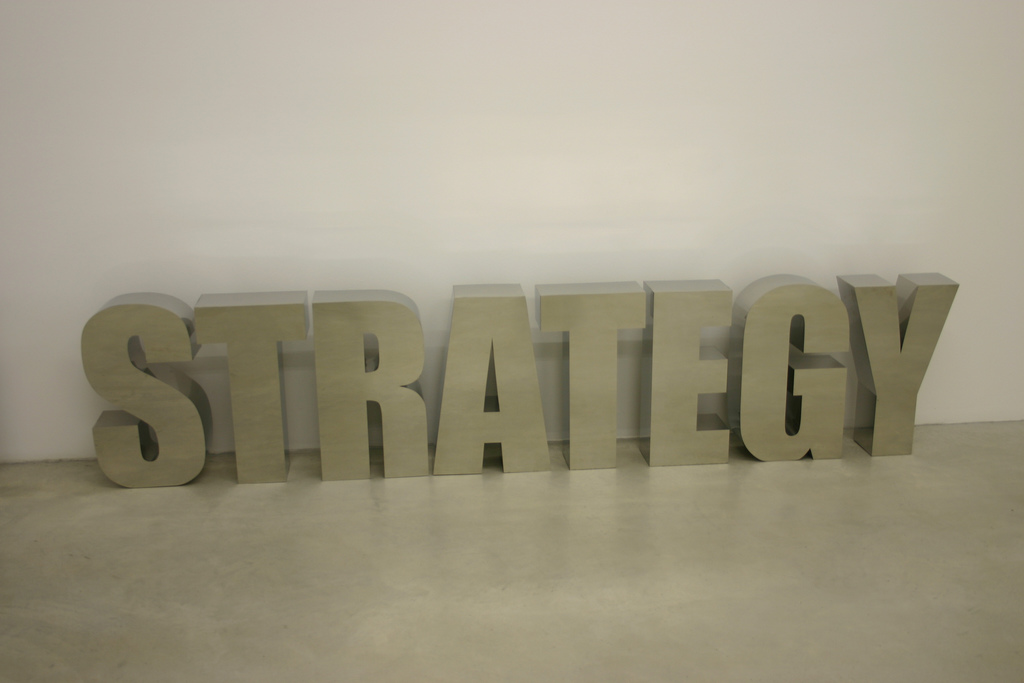Last month, I sat down with Carter Hewgley, Director of Enterprise Analytics at the Federal Emergency Management Agency (FEMA), to discuss using big data and analytics in a number of creative and interesting ways to support real-world business goals. This conversation was a part of the ongoing IBM/Partnership for Public Service Podcast series, Conversations on Big Data.
Before arriving at FEMA, Carter had broad experience bringing analytics to various agencies in the District of Columbia municipal government, and before that, he was a financial analyst. He says that he has always “had sort of a data focus… not because I’m great at it…but I just believe in facts.”
When Carter joined FEMA in 2011, he realized that the organization was focused on timely delivery of services and the processes required collect and organize all the resources to support those services. Although there were “analytical cells” across the agency and programs, enterprise-level analytical capability was immature. FEMA was a “disaster-driven” organization, more focused on getting in better next time than looking at how it did last time. It took some executive sponsorship from a senior executive who had been impressed by Boston’s 911 response analytics, to promote acceptance of performance measures, as value-add activities that provide genuine insight.
Carter says that Building FEMAStat was a “three-year, iterative, ongoing, learning experience”.
Year 1, Get Started: “Grab whatever data you can find, throw it up on the wall, and match it to the right decision at the right time to sort of make it the most relevant and important sort of value-added experience for those who are using it.”
Carter started out by reaching out across FEMA to discover how program and department managers were currently managing performance reporting. He encouraged collaboration with the people who understand the data, to document and publish it. Simultaneously, he initiated discussions with senior management to identify key strategic focus areas or business questions. The important task is to continue to document, tailor, and refine available data so that you can figure out what it tells you from a “bottom up” perspective and then relate that data to the strategic focus areas for the “top down” perspective. Then you can start to establish benchmarks that provide context. In retrospect, Carter wishes he had also used that time to build more of an integration infrastructure, but also feels that data quality is not relevant – at first. Cleansing the data can be applied once you know what you’ve got.
Another lesson learned in Year 1 is that when initiatives compete with disasters, disasters win. Carter happened to be in New York working on data collection and analysis when Hurricane Sandy struck. Working with local FEMA officials, he realized there was a need for analytics on site, where rescue and recovery activities were being directed. Having to deploy resources remotely from FEMA HQ would not have been optimal. As a result, Carter defined the concept of mobile field analytics as a focus for Year 2.
Year 2, Focus on Strategic Initiatives: “The second year was more collaborative [and included measuring] … how we are all performing on some … strategic initiatives.”
Carter says that a decision was made to focus attention on fewer strategic initiatives, in order to more sharply define the initiatives’ value-add. There were “stat sessions” that examined common processes. When staff stopped to define their processes, they were amazed at the complexity and readily came together to model streamlined, more efficient processes to measure. Not surprisingly, a big challenge was letting go of the need to solve “whole problem in favor of solving a particular part of the problem”.
Year 2 was also a time for beginning to build out of the field office capability. This was accompanied by a growing sense that more “flavors” of metrics were needed. Carter realized that, in addition to field performance statistics, other areas such as resource allocation, finance and budget, and capability building should be proposed.
Year 3, Simplicity and Sustainability: “ . . . what we’ve tried to do is focus in on one specific problem and really pin it down . . . I think when you narrow it to the right question that is high priority enough and strategic enough that senior leaders really care about it but it’s specific enough to where you’re not boiling the ocean, I think you really hit a sweet spot”.
Year 3 was spent considering the strategic questions for further focus and further refining the data and capabilities to support the types of analytics FEMA needs. And as a result, a new team organized according to those categories.
In conclusion, we asked Carter to name his key ingredients for analytics success:
- Executive sponsorship
- Leadership and analytics expertise
- Data and people who understand the data
- Communication, curiosity, and collaboration
- Business value, for your executive sponsor to use for ROI and to justify investment





Great to hear about the journey and evolution.